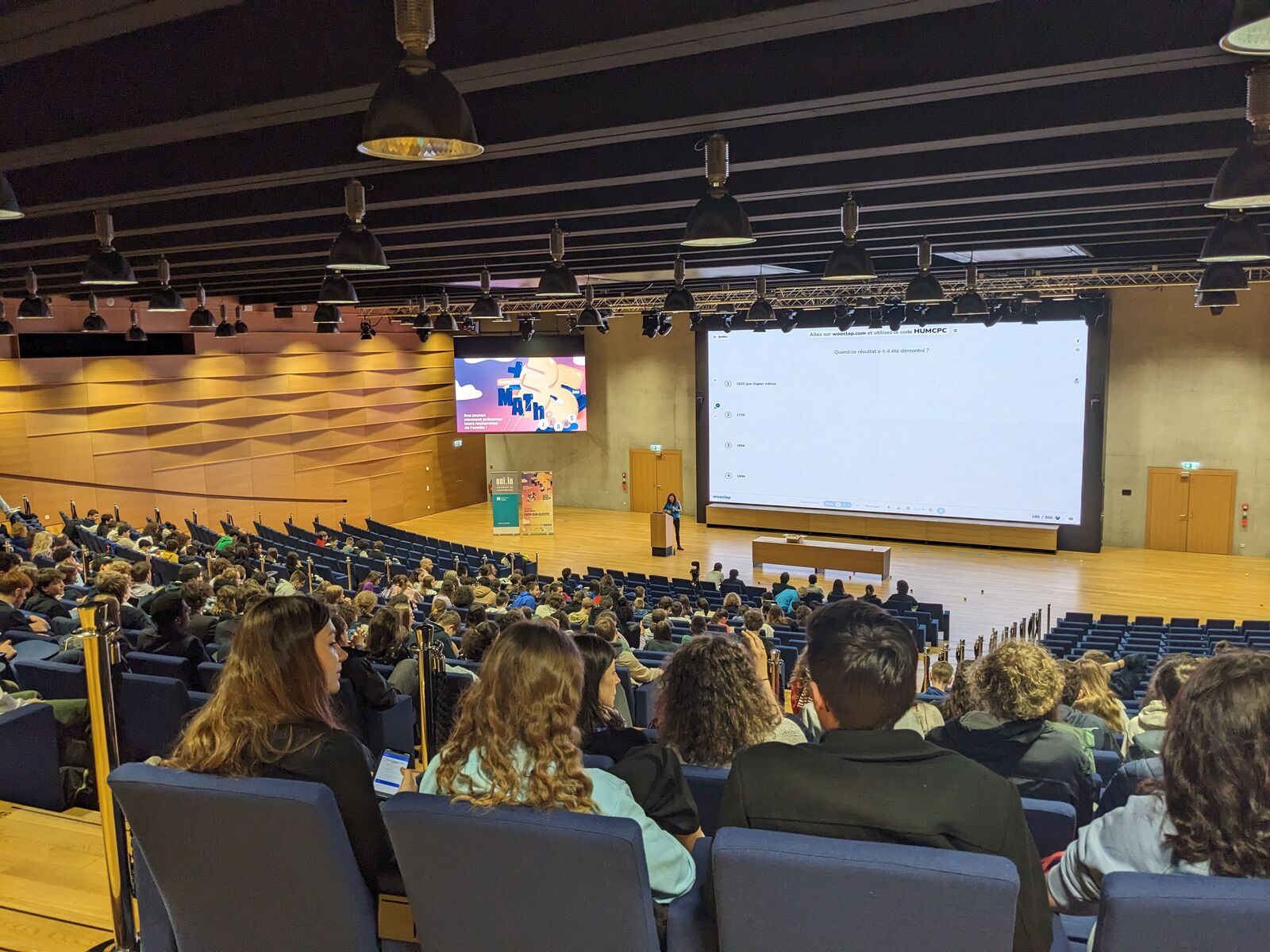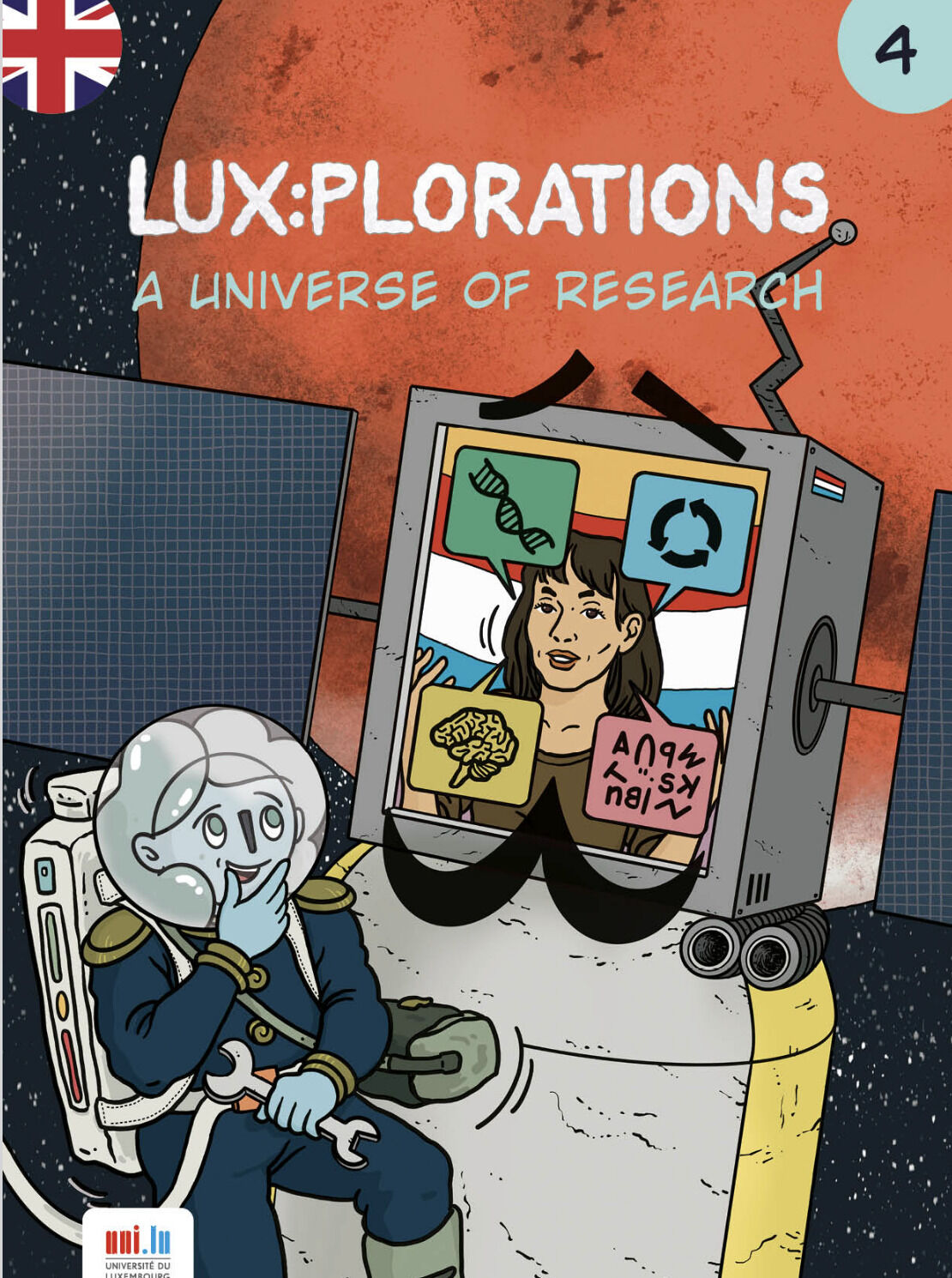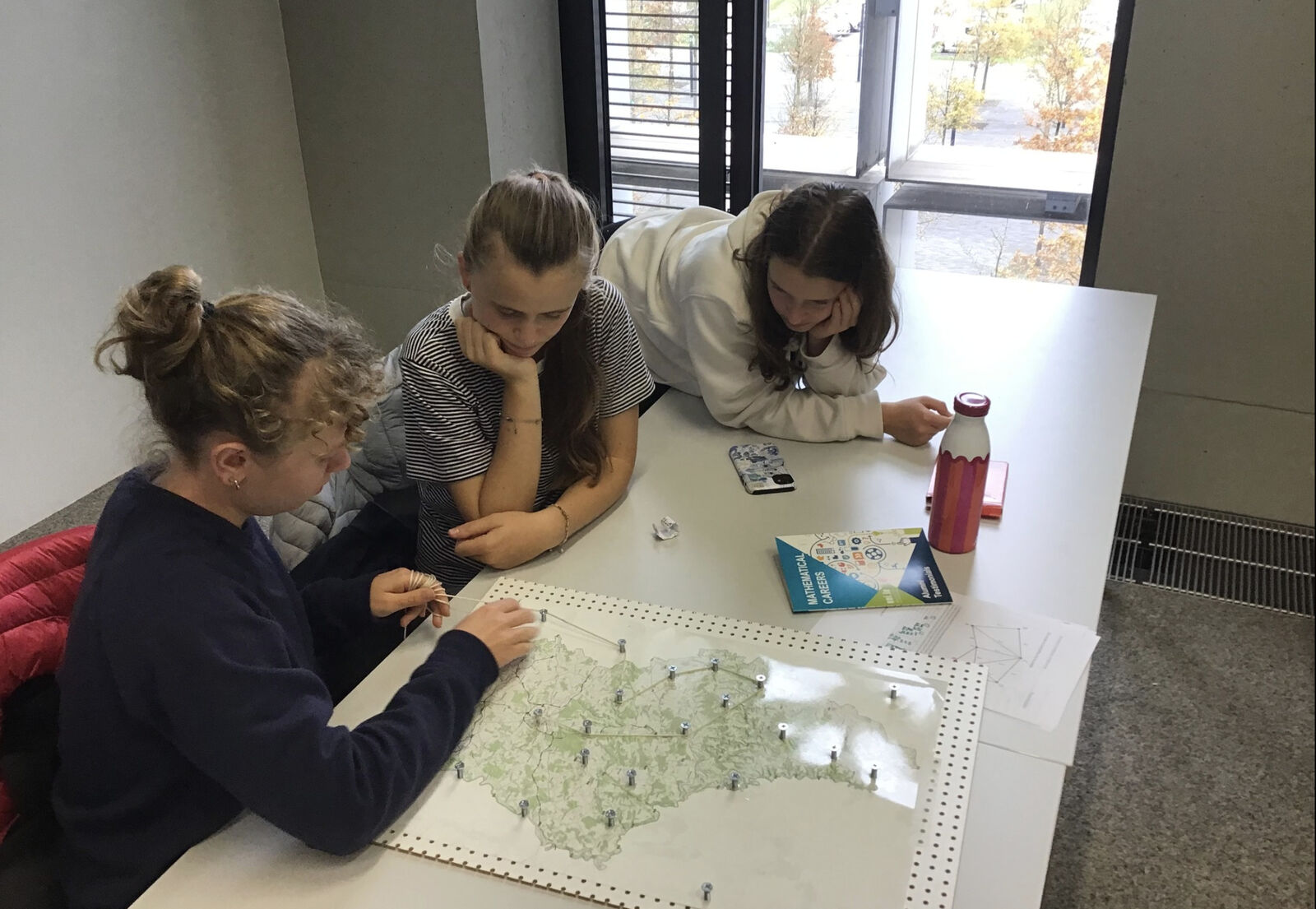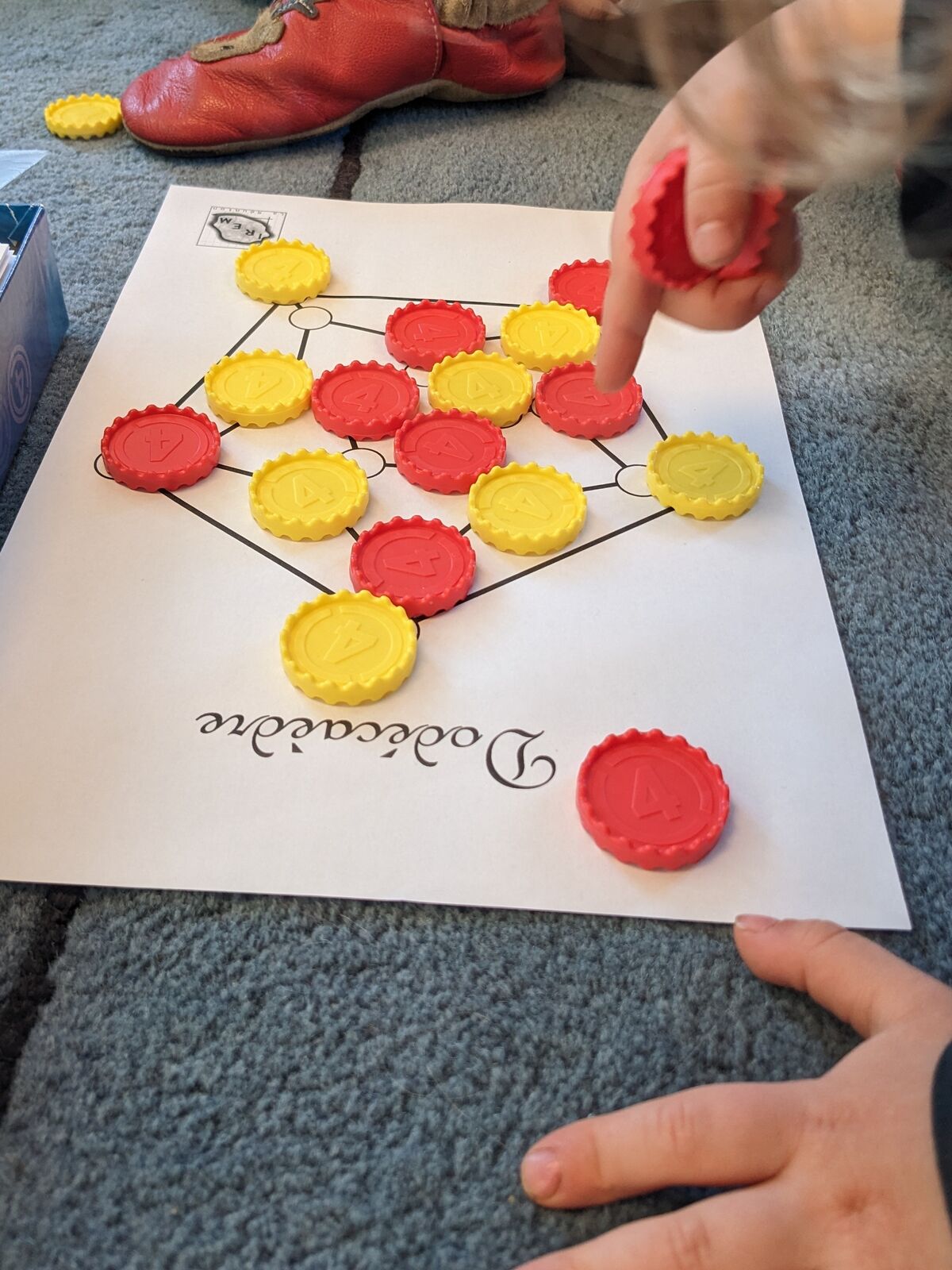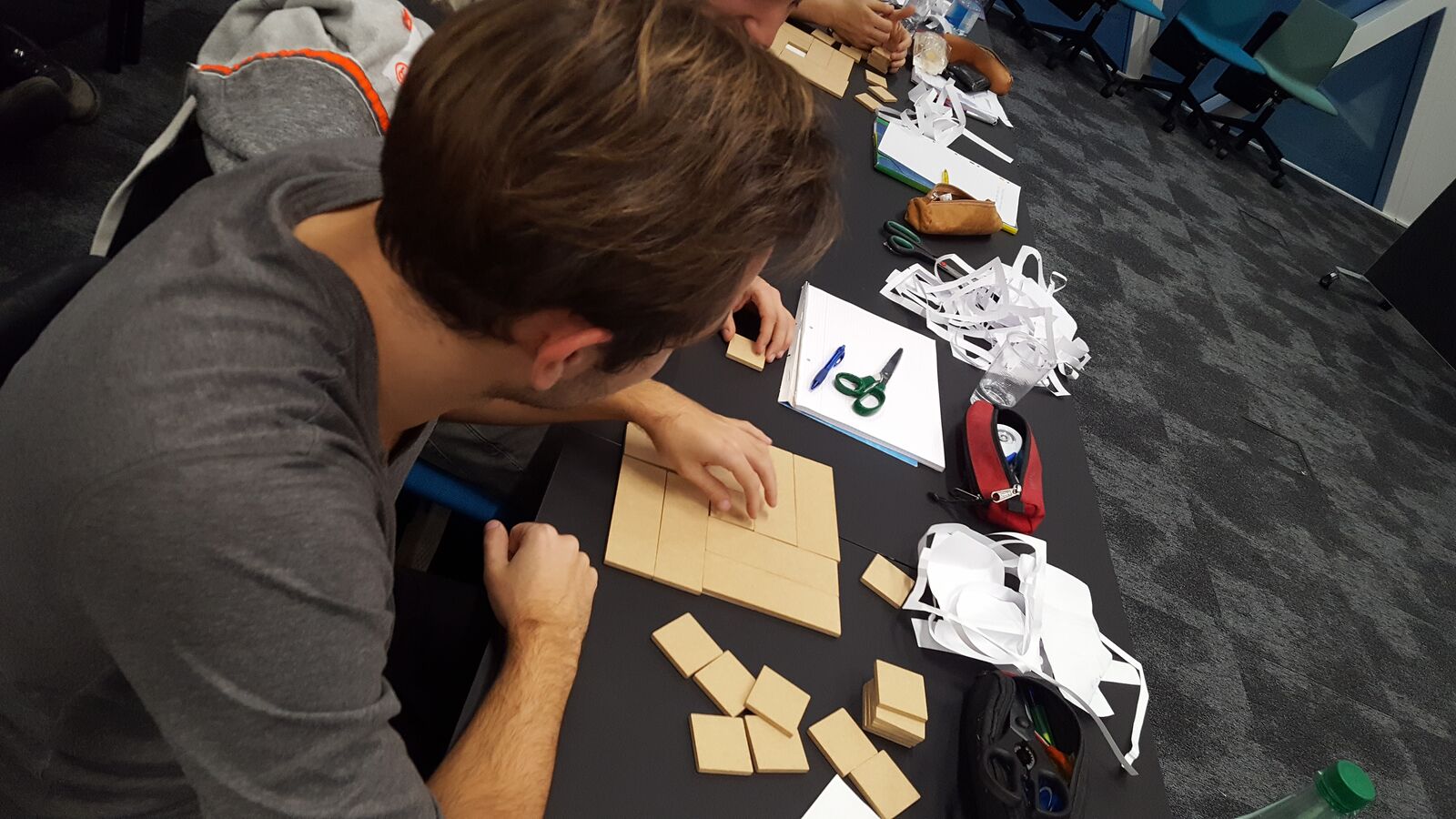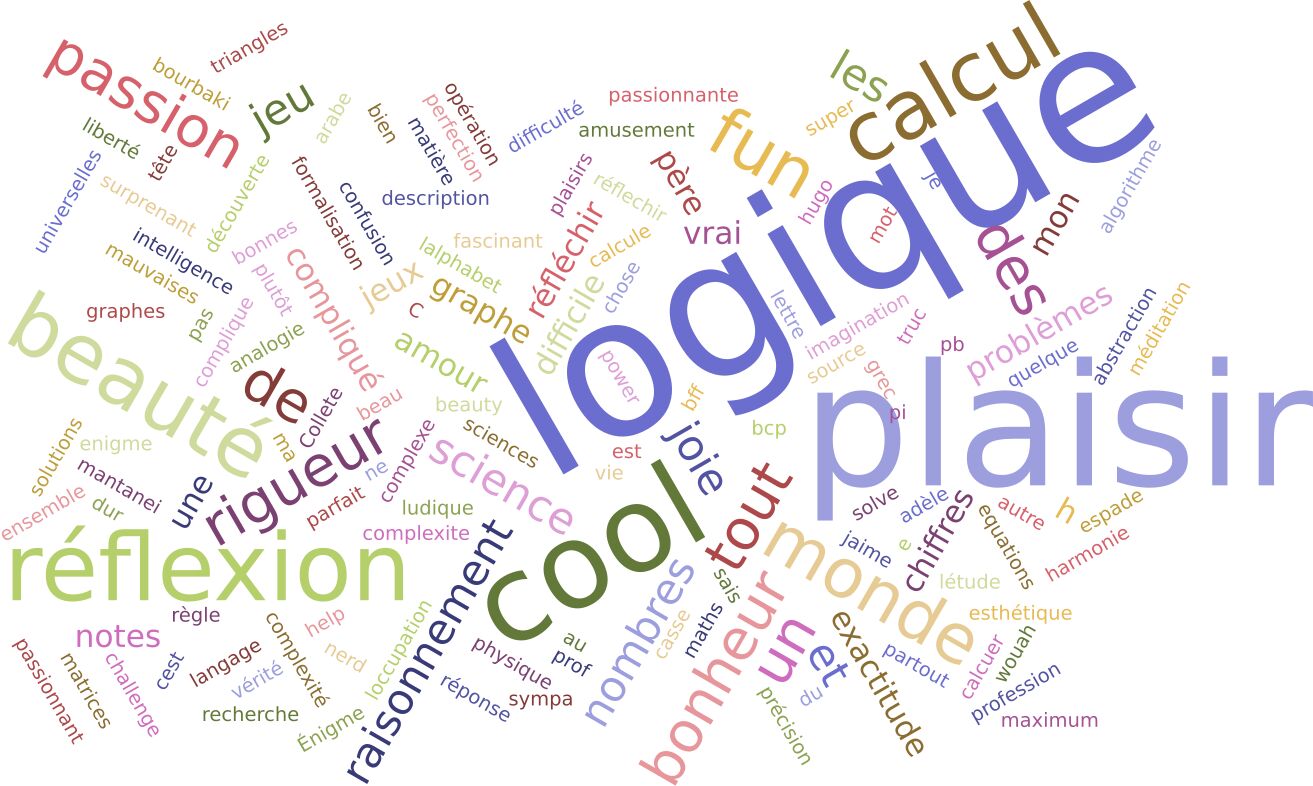I view outreach as an opportunity to update people’s perspective, and let them experience mathematics in their unknown aspects.
By showcasing mathematics creativity through games or collaborative art activities, and supported by a subtle mediation, I aim at associating emotions with glimpses of contemporary mathematics.
Many of these activities are created with Hugo Parlier (from the University of Fribourg). Check out the following publication for a recent account of the experiences and insights we’ve gained from connecting with so many different audiences over the years:
Publication: Hugo Parlier and Bruno Teheux. The Simplicity of Complexity: a Story of Mathematical Outreach. In Mathematics - The Beauty of Methamtical Reasoning. VSH-AEU Bulletin 3. October 2025.






